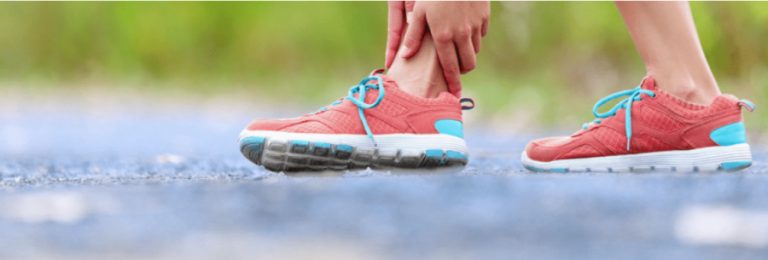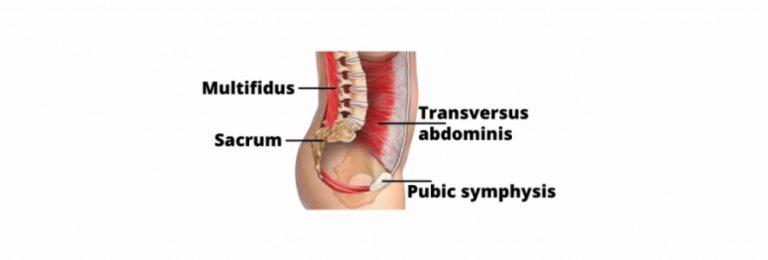This article was written by the late Marie Catherine Bruno, our colleague, friend, Physiotherapist, Pedorthist, and athlete extraordinaire.
What it is…
The plantar fascia is located under your foot, and runs from the heel to the base of your toes. It is sandwiched between your skin and your muscles and tendons. Its purpose is to support the long arch of the foot and also to keep the tendons down when you bend your toes. The Latin ending “itis” means that we are dealing some inflammation. So a plantar fasciitis is an inflammation of the plantar fascia, usually due to a constant or repetitive stress on the fascia.
What causes it…
There are many possible causes. The key to healing such an injury is to first of all find out what caused it; only then can you get the appropriate treatment. Here are some common causes, but keep in mind that you can always develop a plantar fasciitis from a strain during an activity if none of the following problems apply to you.
- Pronated foot (mistakenly called flat foot): this is definitely the most common cause. With a pronated foot when you put your weight on your foot, it flattens out and stretches the fascia. Over time, it creates micro tears in the tissue and this leads to a somewhat chronic inflammation (and weakness of the tissue, which makes you even more prone to injuries-watch out for the vicious circle!). When you are running, the pounding just accelerates this tearing process.
- High arch: some of you, although not as common, have high arches. If you always have a problem finding shoes that are high enough for your foot to slip in, you probably have a very high arch. The problem is that most shoes will not provide you with a high enough arch support, therefore when your foot gets tired, your arch will flatten out and you will end up with a similar problem to the fascia.
- Working/training on hard surfaces and/or being overweight: the harder the surface, the more impact your body has to absorb when you are simply standing or walking. So you need to wear good shoes to work if you work on concrete floors and absolutely avoid running on hard surfaces. If you work or train on a hard surface and you are overweight, you are also asking for trouble! The extra weight will force your foot to flatten out and therefore create micro tears in your plantar fascia.
- Wearing high heeled shoes: high heels are very pretty but definitely not the best footwear on the market! Besides changing your posture, affecting your center of gravity and shortening your calf muscles, they also put an enormous stress on the plantar fascia. When you wear high heels, most of the weight goes forward, right on the ball of your foot, exactly where the fascia attaches. It then stretches it and eventually leads to a strain.
- Worn out training shoes: old shoes do not absorb the shock from weight bearing like new ones do. The springy material of the sole eventually dies and then you get a flat! When that happens, it is the arch of your foot that starts absorbing the impact by elongating and then returning to normal position, just like a bungee cord. Also, worn out soles usually mean worn out uppers as well, meaning that the arch support is probably also gone. Running shoes are expensive, but so are doctors, physiotherapists and medications!
- Poor running pattern: when you walk, you should first hit the ground with your heel; this part of the stance is called the heel strike. When you run, you should follow that same pattern but only a little lighter, meaning that you will spend less time on your heel, but you should still hit the ground with your heel first. Many runners try to make their running lighter and easier by avoiding the heel strike and landing more on the front of the foot. Bad idea! The ball of the foot is not designed to absorb such impact.
What to do about it…
The most important part of the treatment is to eliminate the cause. So you have to figure out what caused the plantar fasciitis in the first place. If you are unsure, consult a physiotherapist. For pronated feet or high arches, orthotics might be the solution. Make sure you don’t train in worn out shoes, watch your running pattern, lose weight if you think you are carrying extra pounds and try to run on softer surfaces, like trails. For any of the above, it should take about three weeks of complete foot rest (sports that do not load the foot are allowed, like swimming) to let the fascia completely heal and regenerate. That and getting rid of the cause will take care of most of the problem, but you will still need some anti-inflammatory treatment, gentle stretching and physiotherapy to speed up the healing process!
Services Offered:
Acupuncture
Dry Needling
Intramuscular Stimulation (IMS)
Physiotherapy
Virtual Physiotherapy






